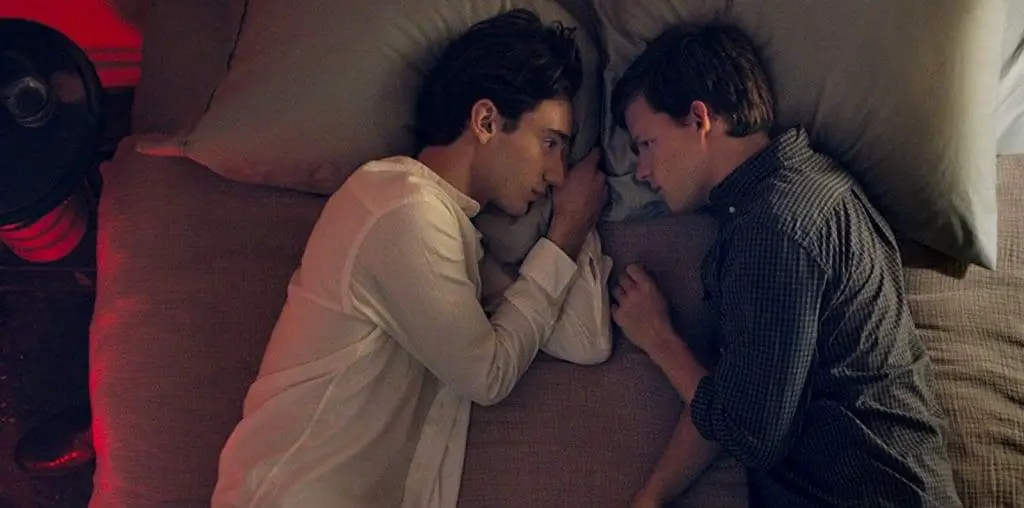
If ever there was a film which embodied the phrase, “Be careful what you wish for,” this is it. Because while going through life without ever experiencing physical pain sure sounds like a win-win deal on the surface, once you think about it for more than 30 seconds or so, you come to your senses and realize that even pain has a purpose. For instance, picture grabbing a hot skillet off the stove and watching it sear your skin away while you simply stand there holding the handle, staring at it oblivious to the pain, and you begin to get the idea.
Director Melody Gilbert’s eye-opening documentary “A Life Without Pain” introduces us to three such young victims of this bizarre and extremely rare affliction, formally known as Congenital Insensitivity to Pain. We also meet the children’s’ families, all of whom must adapt their own lives in order to help their stricken family member.
The film opens with Gabby, a strongheaded young girl who, at four years of age, seems to embody the tail end of the most dangerous time period for any CIP sufferer. Through Gabby’s story and those of her fellow two subjects in this film, we see how children from infancy to early childhood who can’t feel pain and are too young to understand the cause and effect relationship between pain and learning, run the tremendous risk of causing injury to themselves. In Gabby’s case, the most serious injury was scratching her eyes so badly, oblivious to the pain, that one eventually became so damaged, it had to be removed.
The film next travels to Norway, where Miriam, a precocious live wire of a tomboy struggles to deal with ankle, knee, hip and back problems caused by repeated injuries from several rough, yet pain free falls. Finally, the film takes us to Germany, where Jamilah has overcome the brutal beatings doled out by her bratty schoolmates to find out if she really was “pain free.”
The biggest achievement of “A Life Without Pain” is simply introducing the viewer to this exotic and nearly unbelievable condition. It also does a great job demonstrating not only how the sufferers themselves must learn to live with this disease, but also by showing how CIP and, by extension, any handicap puts a strain on overburdened, overly stressed out parents and siblings.
There’s not much in the way of edge-of-you-seat drama in Gilbert’s film, nor is there much of a story arc, which in some ways makes sense. After all, this is a condition these three young girls will have for the rest of their lives. There’s no magic surgery that will make it all better, so there’s no big, dramatic “moment” in the film to wrap things up.
Instead, the film serves as an educational primer of sorts, more like an extended newsmagazine slice-of-life piece than a documentary film. Just by shining its light on this obscure subject, however, “A Life Without Pain” is our gain.
